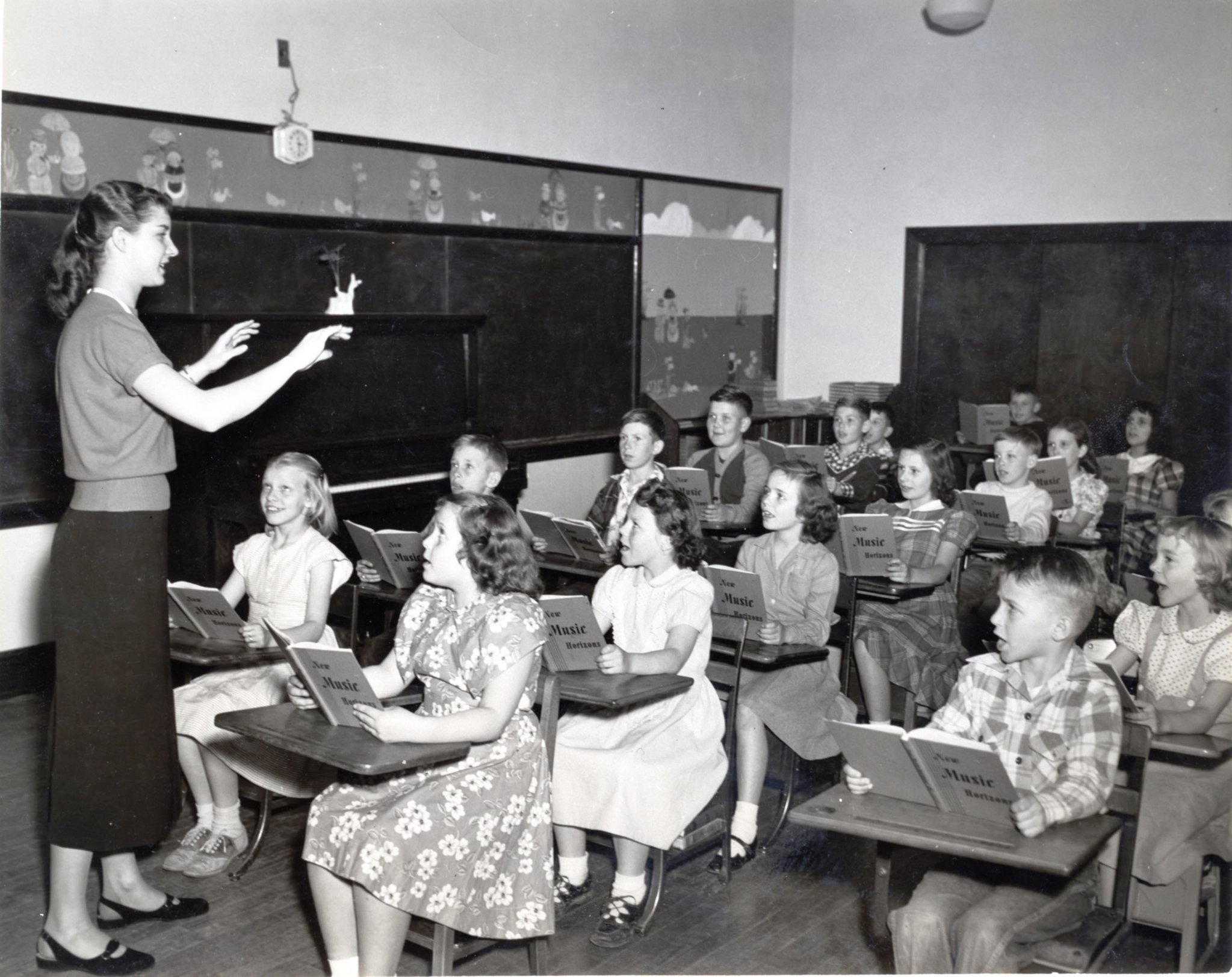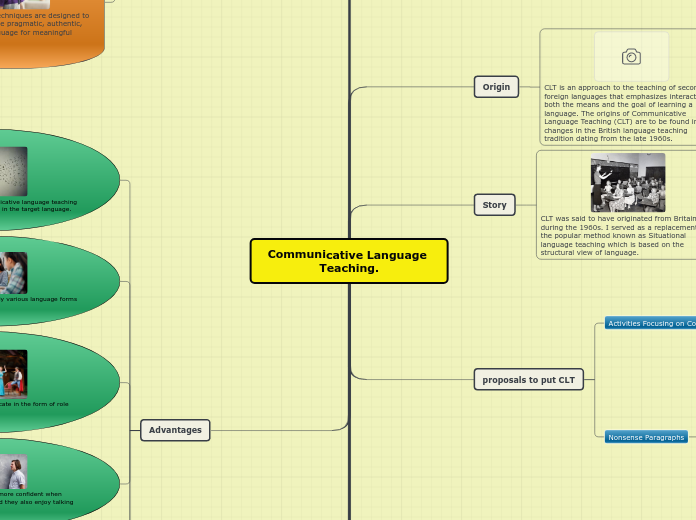Communicative Language Teaching.
Origin

CLT is an approach to the teaching of second and foreign languages that emphasizes interaction as both the means and the goal of learning a language. The origins of Communicative Language Teaching (CLT) are to be found in the changes in the British language teaching tradition dating from the late 1960s.
Story

CLT was said to have originated from Britain during the 1960s. I served as a replacement to the popular method known as Situational language teaching which is based on the structural view of language.
proposals to put CLT
Activities Focusing on Communication.
:max_bytes(150000):strip_icc()/GettyImages-736492311-59df6cb368e1a2001020884d.jpg)
The first proposal would be to practice activities in which students can enter confidence; an example of this could be the simulation of conferences since it would promote the learning of the language and then put it into practice at the time of developing the activity.
Nonsense Paragraphs

We are going to call this activity so, but the true objective will be to help the students to improve their grammar, and by practicing the writing of paragraphs they will be able to develop in this area, in addition to acquiring greater vocabulary they will be able to improve and know how to apply the grammatical rules.
Characteristics

Use of target language in the classroom as the main means of classroom communication.

In pronunciation, intelligibility was given priority over accuracy, native-like and unaccented speech were no longer seen as goals.

Fluency and accuracy are seen as complementary principles underlying communicative techniques.

Tolerance of mistakes. Correction should not disrupt the flow of communication.

Classroom goals are focused on all the components of communicative competence and not restricted to grammatical or linguistic competence.

Language teaching techniques are designed to engage learners in the pragmatic, authentic, functional use of language for meaningful purposes
Advantages
The most advantage of communicative language teaching is that of the increase of fluency in the target language.

Learners are encouraged to apply various language forms in multiple contexts.

They will learn how to communicate in the form of role plays and simulations.

This enables the learners to be more confident when interacting with other people and they also enjoy talking more.

This approach helps the students produce meaningful conversations in the classroom.

The approach also leads to gains in the areas of grammatical/sociolinguistic/discourse/strategic competence through communication.
Disadvantages

This focus on accuracy versus fluency is one of the issues not often considered in a discussion of Communicative Language Teaching.

In this approach method, it is hard to say that is applicable in crowded class.

This method increases the workload in teachers.

The theorical knowledge of teachers need to be very good in practice.
Experiences
To be honest it is the first time that we investigate the knowledge of this method, throughout our experience as students we have not had the opportunity to put it into practice but we find that it is very interesting when learning a second language, we know there are many advantages and at the same time certain disadvantages but the most important thing is to work on the strengths of this method to obtain better.
